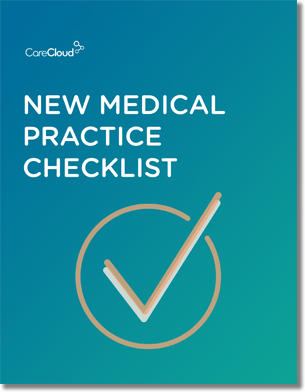Blogs used to be almost exclusively written for personal reasons, but those days are long gone. A majority of companies and many small businesses now produce and maintain their own blogs, and it’s not because they want to show off their writing prowess.
Businesses discovered that blogs are highly useful for marketing purposes. Creating thoughtful online content is a low-risk, high-reward tactic that any business can apply, regardless of size.
So in our mission to bring you the latest trends in practice marketing, today, we look at three reasons why your practice should add blogging to its marketing arsenal.
Brand Management
While a standard website is a significant part of your practice’s image, once created, its content remains largely the same and runs the risk of growing stale. Blogging allows you to continue building your brand by adding fresh, insightful content.
A blog can be used to cultivate a personality for your practice. For instance, you can create a warm, friendly personality by blogging about your practice’s community involvement and writing in a friendly tone. On the other hand, if you wanted to come off as a leader in your field, you’d write helpful, thought-provoking articles on your area of expertise.
Your blog can also be used to supplement other branding efforts like social media engagement. Instead of always posting articles from other sources on Twitter or Facebook, occasionally you can share your own original content with followers, thus growing your reputation as a credible authority.
SEO
Search engine optimization, commonly referred to as SEO, is the practice of increasing a website’s ranking on search engines like Yahoo or Google. The main goal is for your practice’s website to appear on the first page of search results. This drastically increases the chance of potential patients finding your site.
This is unbelievably important as 77% of patients use search prior to booking an appointment.
Maintaining a blog provides you with a way to add new content to your site that focuses on certain keywords. If written in an SEO-friendly way, prospective patients are more likely to discover your blog posts – and in turn, your practice – when entering these key search terms in Google.
For example, if you’re a primary care physician offering health screenings and use the word “health screening” around 5 times in a 500-word blog post, you may rank higher on Google when prospective patients use that term in a search.
Simple and Affordable
If you already have a practice website, you should be able to add a section dedicated to blogging at no cost. And if you don’t have a website (something we do not recommend) you can always create a blog for free using web services like WordPress or Blogger.
Once you have a platform, you only need to write intermittently. There is no need to spend all of your valuable time cranking out multiple articles per day. Two quality posts per month will suffice.
Just remember to have someone look over your posts before publishing, even if you’re a strong writer. You’ll lose credibility if your blog contains too many grammatical errors.
Lastly, it’s important to remember not to be afraid of blogging. It’s not the Wall Street Journal, so no one expects Pulitzer Prize-winning content. As long as you stick to an area you feel comfortable with, you should be fine. Don’t miss out on this simple way to improve your practice marketing strategy.

Do you know what you need when setting up a new medical practice?



